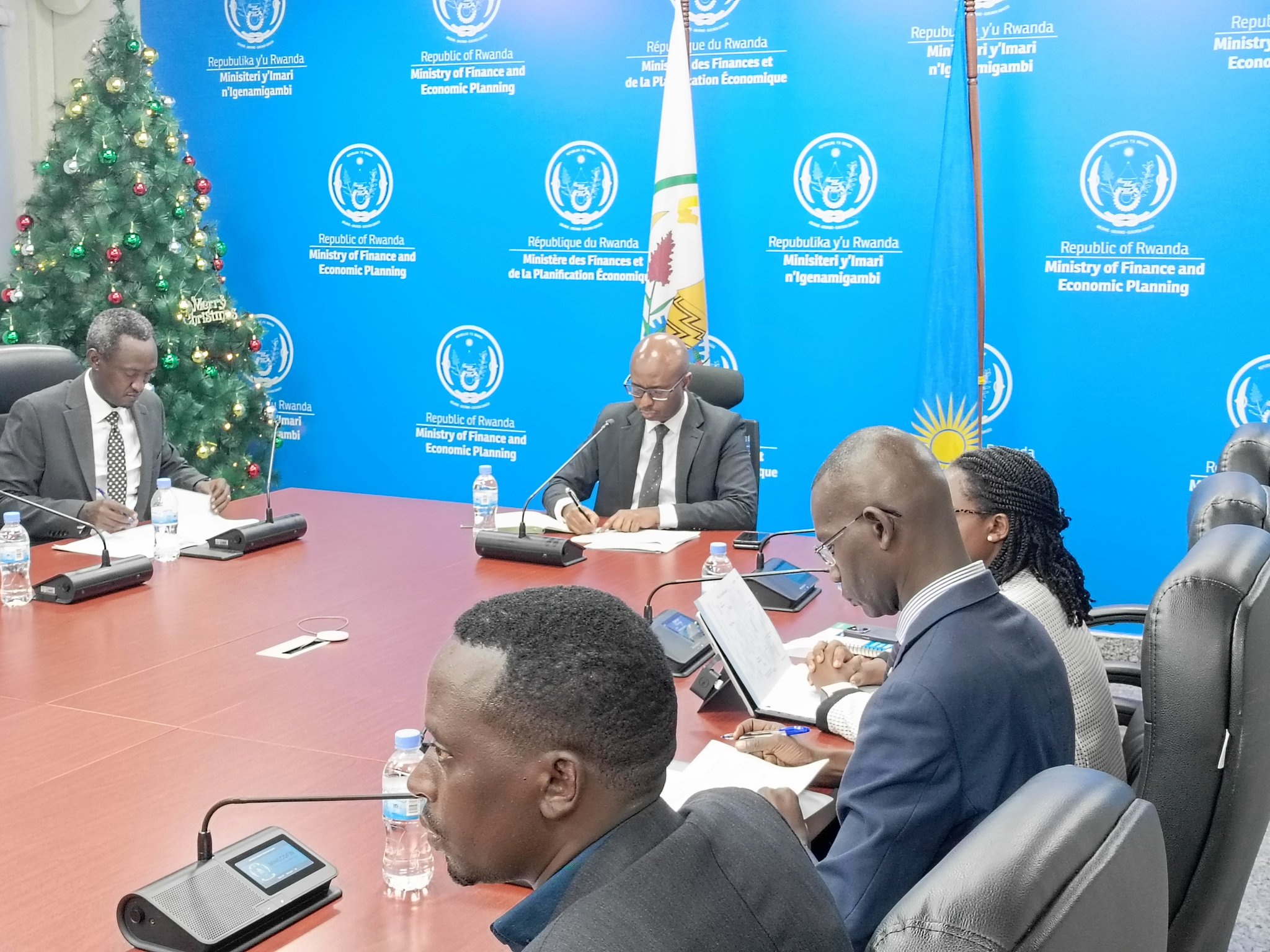The National Institute of Statistics of Rwanda (NISR) has announced the Gross Domestic Product (GDP) results for the third quarter (Q3) of 2024, highlighting a sustained growth trajectory and providing a promising outlook as the year nears its end.
According to NISR, Rwanda’s GDP at current market prices was estimated at Frw 4,806 billion, a significant increase from Frw 4,246 billion recorded in Q3 of 2023. The services sector emerged as the largest contributor to the economy, accounting for 49%, followed by agriculture at 24% and industry at 20%. Net direct taxes contributed 7% of GDP.
The Q3 results reveal an 8.1% GDP growth, following robust performances of 9.8% in Q2 and 9.7% in Q1, culminating in an average growth rate of 9.2% for the first three quarters of 2024.
Stable and Resilient Economy
Speaking on the results, Minister of Finance and Economic Planning, Yusuf Murangwa, noted that the outcomes align with the government’s projections. Despite ongoing global economic challenges, he emphasized Rwanda’s economic resilience.
“We’ve seen the momentum building up from the end of last year, leading into this year. A 9.8% growth in Q2, followed by 8.1% in Q3, is very much in line with our expectations,” Minister Murangwa said.

He added that while the government makes conservative projections to account for external shocks, including climate-related challenges, the current performance remains encouraging. Official projections had anticipated around 6.5% growth for the year.
Sectoral Highlights and Key Growth Drivers
The NISR report highlights significant sectoral performances, with services maintaining strong growth momentum, while industry and agriculture contributed notable gains.
Agriculture
The agriculture sector recorded a 4% growth in Q3, driven by a 2% increase in food crop production resulting from favorable outcomes in Season B and C harvests. Export crops saw a 16% surge, led by a 22% increase in coffee production, while tea production declined by 10%.
Industry
Industry grew by 8%, fueled by a 26% increase in mining and quarrying activities. Export volumes of key minerals reflected this growth:
Cassiterite: +27%
Coltan: +42%
Wolfram: +15%
Manufacturing and construction also contributed to the industrial sector’s performance, each growing by 5%. In manufacturing:
Chemicals, rubber, and plastic production increased by 20%.
Metal products, machinery, and equipment grew by 14%.
Textiles, clothing, and leather goods expanded by 11%.
However, food processing slightly declined by 1%, following a remarkable 16% growth in Q3 of 2023.
Services
The services sector, Rwanda’s largest economic driver, achieved an overall 10% growth. Key highlights include:
Wholesale and retail trade: +19%
Transport activities: +8%
Hotels and restaurants: +17%
Financial services: +15%
Information and communication services: +19%
Public administration: +10%
Health and social work: +8%
Education activities: +2%
Outlook for Q4 and Beyond
Director General of NISR, Ivan Murenzi, attributed the strong performance to positive trends across all sectors and emphasized the importance of continued resilience in the face of climate and global challenges.
“When you combine growth for the last three quarters, we see an average of 9.2% growth. Agriculture, driven by food crop production, industry through mining, and services in trade and financial activities, all performed strongly,” Murenzi stated.
The government remains optimistic about closing the year on a high note, while focusing on structural reforms and sustainable strategies to maintain the momentum in 2025.
As Rwanda continues to prioritize economic stability and diversification, the Q3 results reflect the country’s ability to navigate global uncertainties and maintain steady progress towards its growth targets.

